|
I belong to a group of ten that meets once a month. Our teacher is Ms Chiyoko Nakazaki, who we call Nakazaki Sensei, as you do in Japanese. I know that in some classes the teacher provides the pattern, cloth and thread all cut up and ready to stitch, so that everybody does exactly the same thing, but Nakazaki Sensei’s approach is different. She encourages us all to find our own style and express our individuality through sashiko. However, she always stresses that in order to do this you must know the basics. Each month she gives us one or two different sashiko patterns to study. During the lesson we copy these onto graph paper, then mark up the fabric and begin stitching if time allows. We are free to choose how we want to apply the pattern. Sometimes Sensei gives us a pattern for a bag, tissue box cover or something similar to follow and make up ourselves, or we can choose to do a simple fukin cloth, or use something ready-made. Sewing is my weak point, therefore whenever possible I like to find ready-made items so I can spend more time stitching and less time fussing around with a sewing machine. According to Sensei, sashiko is all about mathematics, and if you can get the pattern right on paper first, you can apply it to anything. I’ve found that drawing patterns onto graph paper over and over really gives insight into how they are formed, which makes it easier to create variations, or adjust the proportions.
While working on drawing up patterns during the lesson we show each other the pieces we’ve made up since the previous month, look at examples of Sensei’s own work that she brings in for us to see, and exchange information about sashiko topics in general. At the end of the two-hour lesson, we finish up with a cup of tea and something sweet (always a delicious treat) and chat for a while. Once a year our group exhibits in a local art exhibition, and last year we also held a solo group exhibition for the first time. Sensei herself studied under the now deceased Eiko Yoshida, a major influence in modern sashiko and author of many books whom I’ll write about in another post. Eiko Sensei’s students and followers are now led by her inheritor, Kumiko Yoshida, and in my next post I’ll introduce a recently published book featuring their work. Thank you for all your kind comments so far. I enjoy reading them!
6 Comments
Hello, welcome to my blog.
Let’s get this introductory stuff out of the way so we can get down to talking about the fun stuff as soon as possible! I was born in Australia and now reside long-term in Japan, working as a Japanese to English translator. And I'm a sashiko fanatic! I do sashiko because I love the patterns and learning about their history, thinking about colour combinations for fabric and thread, drawing up designs on graph paper and stitching them on the cloth. It’s like meditation, and better than resorting to any chemical option in my opinion. Nothing makes me more relaxed than when I’m stitching, or feel so satisfied as when I end up with a finished piece I can show off to my family and friends. If you’re reading this I’m sure you understand what I mean! I can’t sew and am really not very handy with doing craft projects generally, but I love sashiko, and I figure that if I can do it, anybody can. Several decades ago when I first came to Japan, it wasn’t very visible. I saw kits and was curious about this craft, but found very few books about it in Japanese let alone English. It’s a different story now, of course; sashiko is popular around the world (though many Japanese people can’t quite believe that!), the word is even recognized in English and there is a lot more literature available than there used to be. In fact, I think one of the best sashiko resource books available in any language is written in English not Japanese! The book I’m referring to Susan Briscoe’s The Ultimate Sashiko Sourcebook. But comparatively speaking, literature on sashiko still occupies only a small area of bookshelf space in the bookshops here, and Western-style stitching is more popular than sashiko. So it’s still not mainstream. I did kit pieces over the years to learn the stitches, but it was only after a life-changing illness a few years ago that I became seriously hooked and started drawing up designs myself. Nowadays I belong to a group and learn from a teacher. I’m still no expert at stitching, but I’m an addict, and my life is richer because of sashiko. My language skills give me access to all kinds of experiences in the sashiko world in Japan; meeting people, seeing exhibitions, and learning from books. This is the kind of thing that I’d like to share with you here in this blog: information about the contemporary sashiko scene in Japan that would be difficult to know about otherwise because of the language barrier. I hope you’ll join me on my adventures! |
Watts SashikoI love sashiko. I love its simplicity and complexity, I love looking at it, doing it, reading about it, and talking about it. Archives
September 2022
Categories
All
Sign up for the newsletter:
|

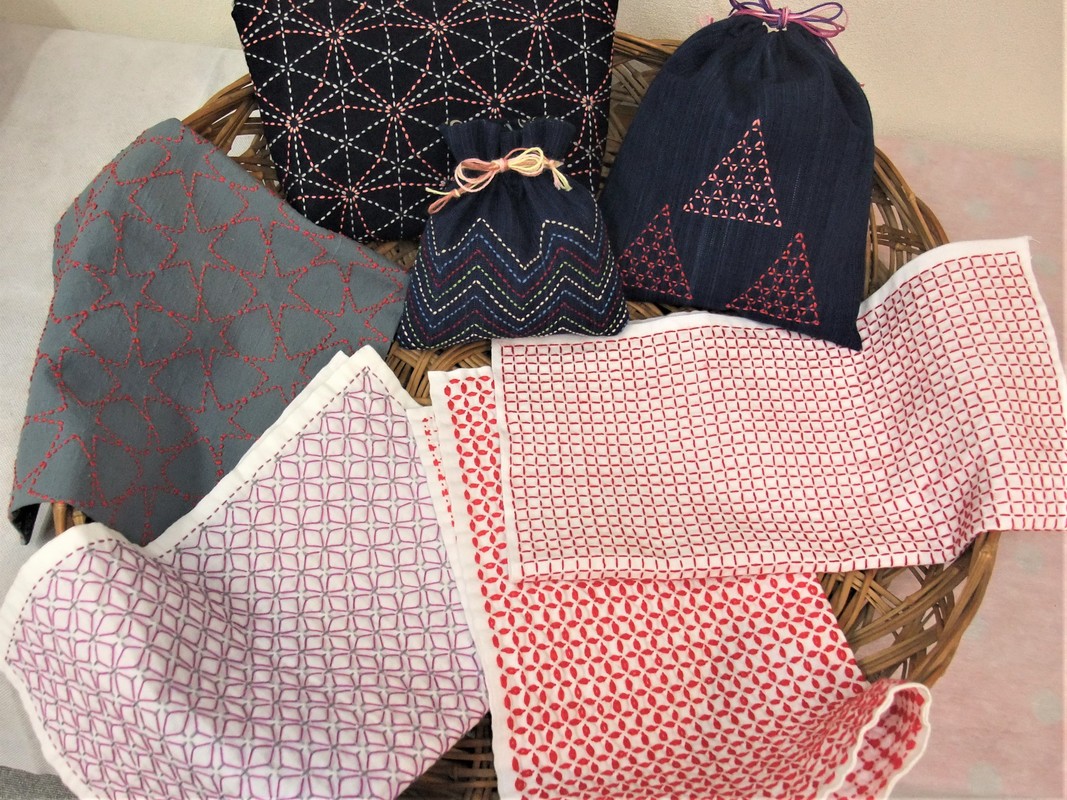
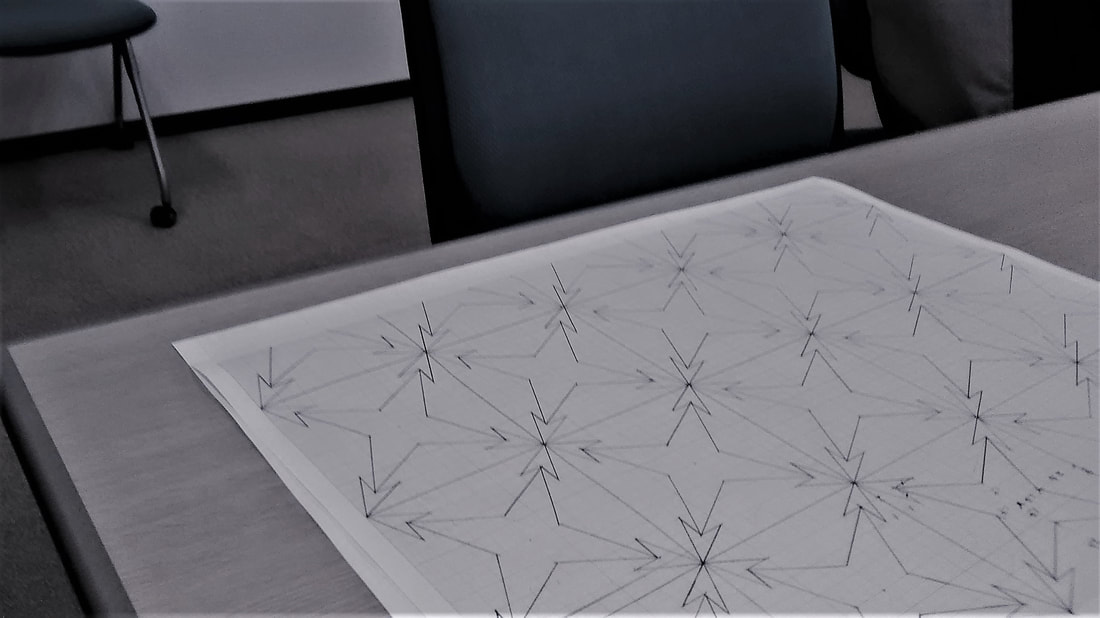
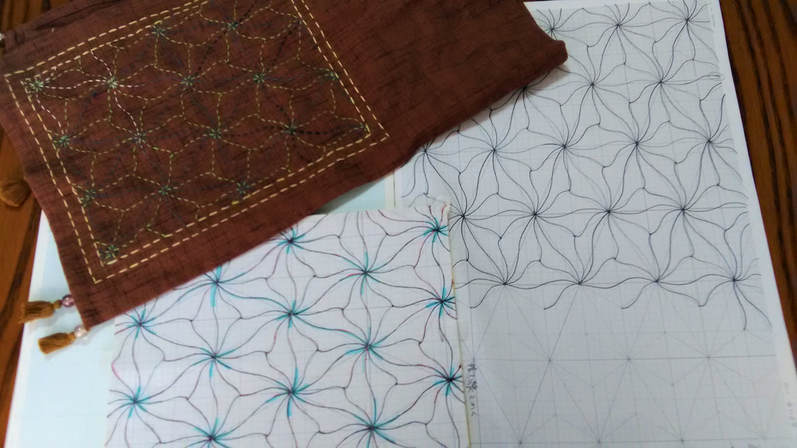
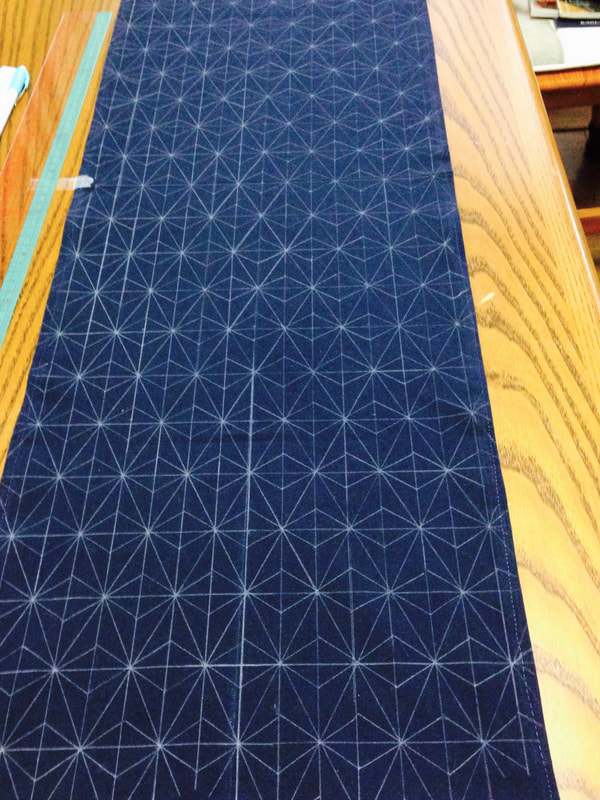
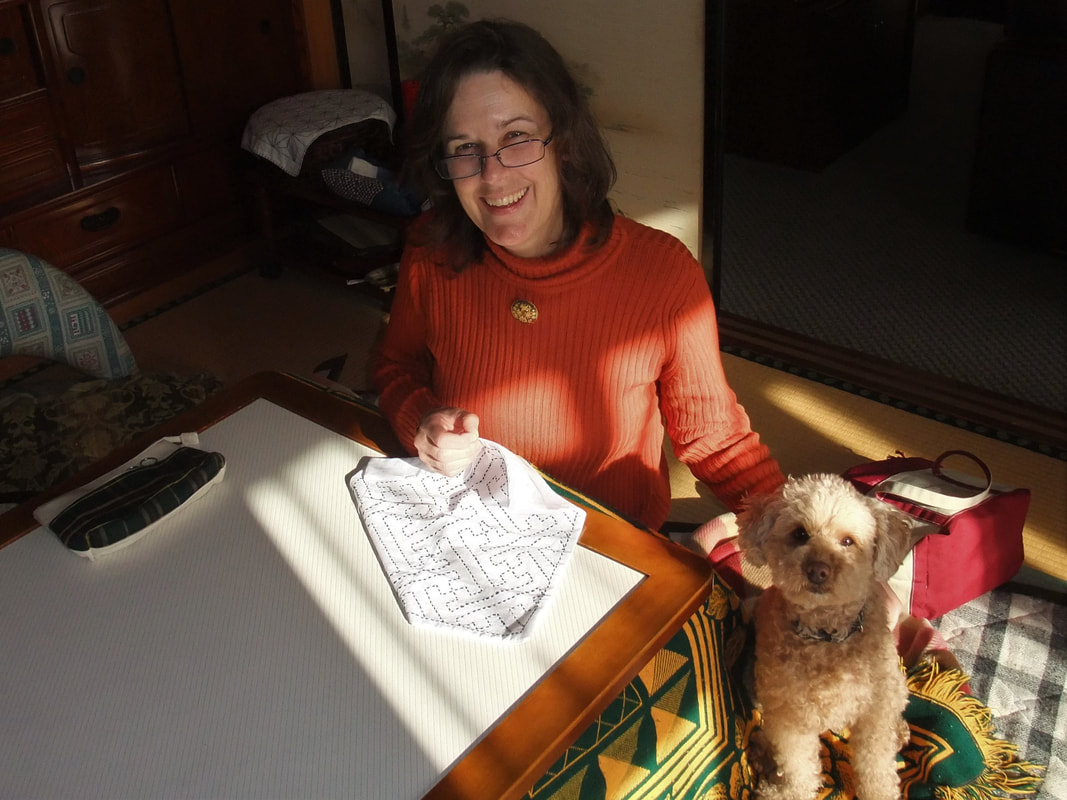
 RSS Feed
RSS Feed



